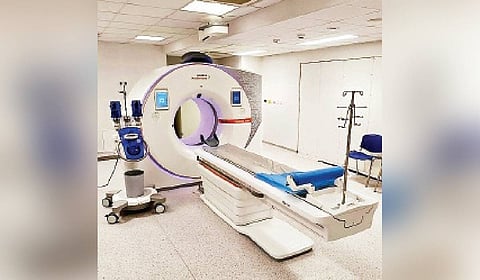

BENGALURU: When 52-year-old Rahul (name altered), a non-smoker and fitness enthusiast, started experiencing a persistent cough, he initially thought it was a seasonal allergy. But after months, the cough persisted, and he noticed breathlessness while climbing stairs. A CT scan showed a localised lesion in the right upper lobe of his lung, raising concerns that something more serious could be happening.
This discovery led to a series of advanced diagnostic procedures that ultimately saved Rahul’s life by allowing early, precise diagnosis and timely treatment. Biopsy results confirmed the presence of non-small cell lung cancer (NSCLC). Though the news was difficult to process, the early discovery offered a hopeful outlook. However, a critical next step remained – staging the cancer to determine if it had spread to nearby lymph nodes or other parts of the body.
An EBUS bronchoscope, equipped with a miniature ultrasound probe, was inserted into Rahul’s airways under sedation. It allowed the pulmonologist to see deeper structures, including the lymph nodes surrounding his breathing tubes, which are not visible with regular bronchoscopy.
The results from Rahul’s biopsy diagnosed his cancer as early-stage localised lung cancer, meaning it was still confined without any spread.Because of the early diagnosis and precise staging using bronchoscopy and EBUS, Rahul underwent a successful surgical resection (removal of the affected part of the lung).
The writer is the lead consultant - interventional pulmonology and lung transplantation Aster RV Hospital, JP Nagar